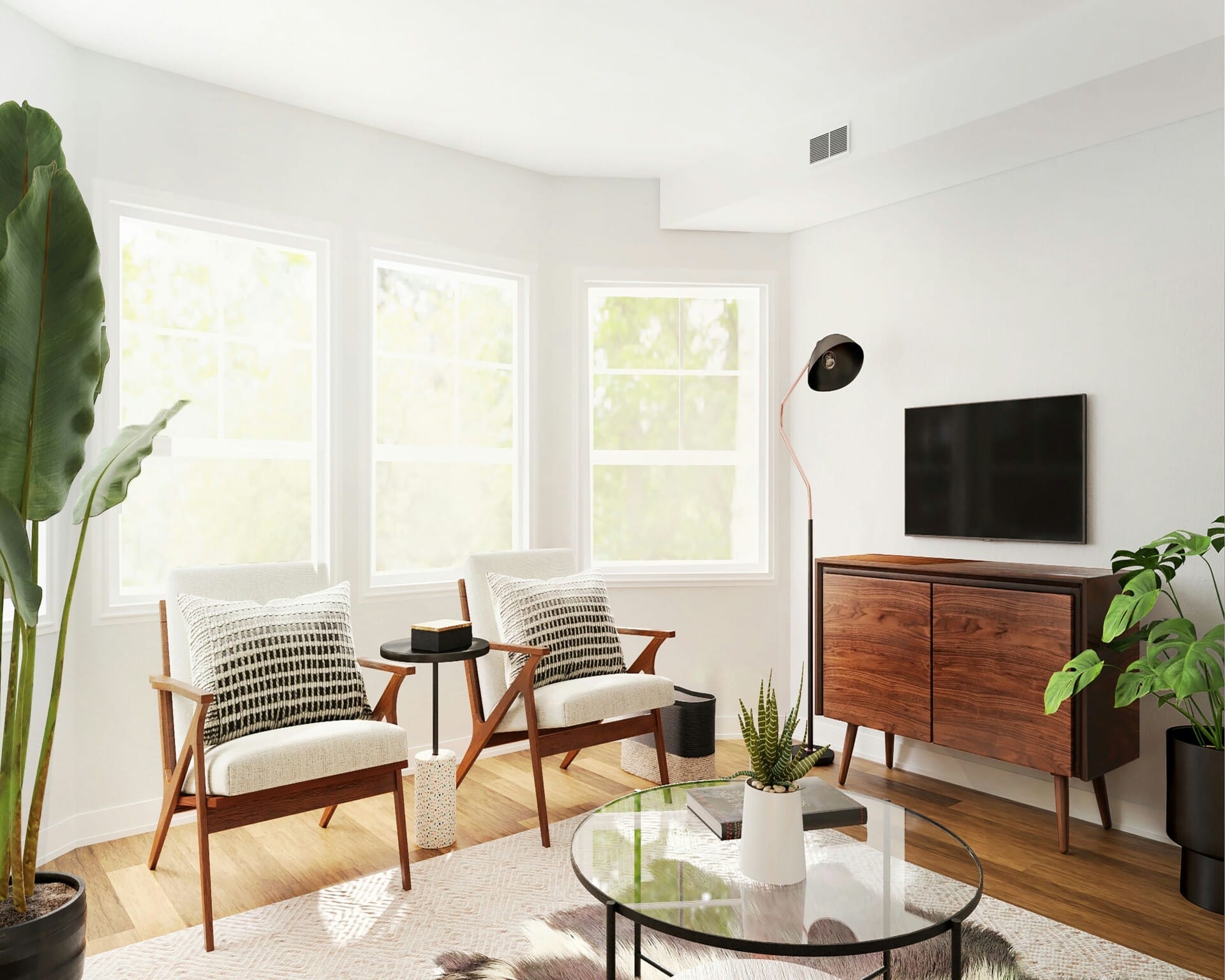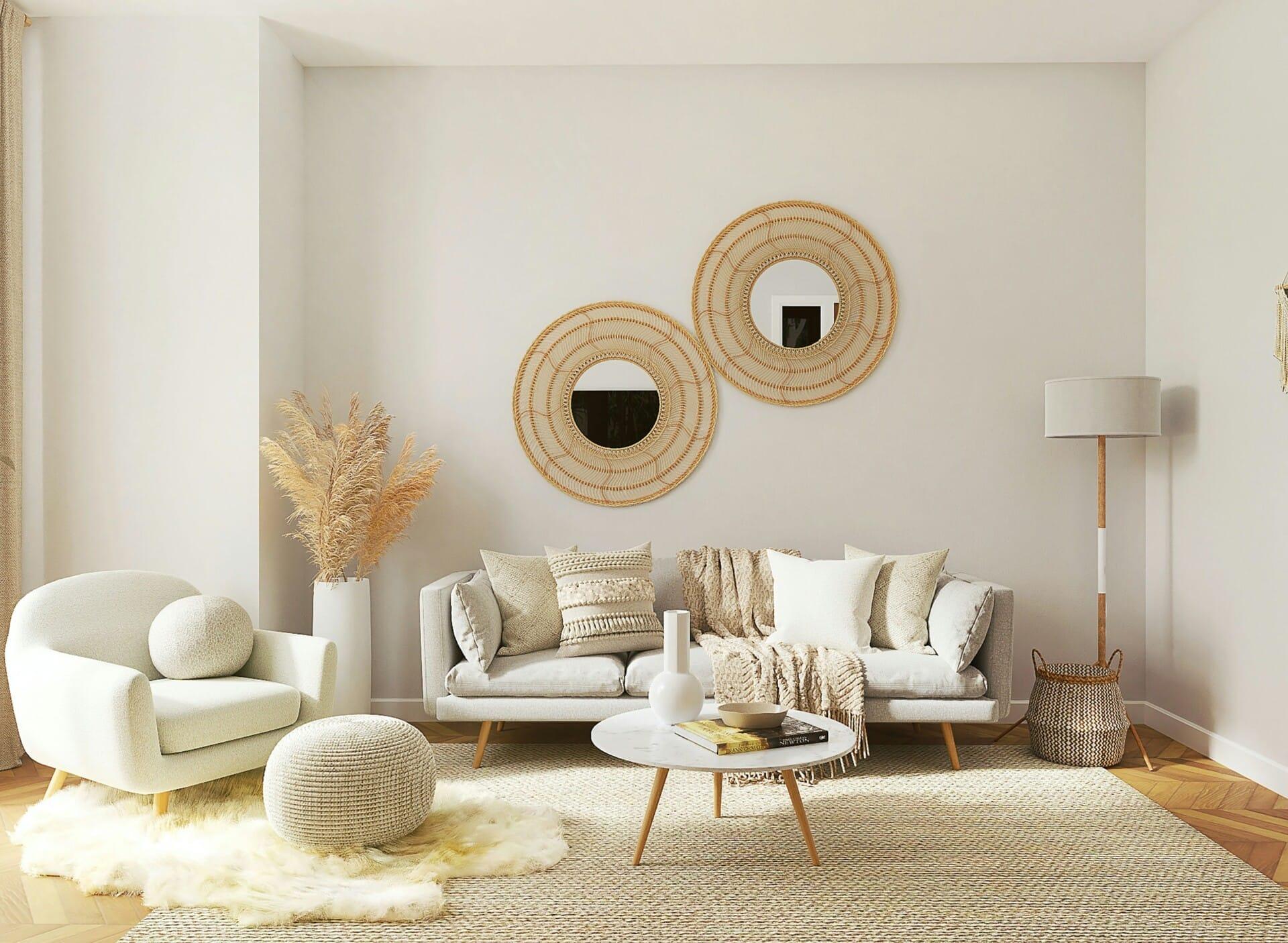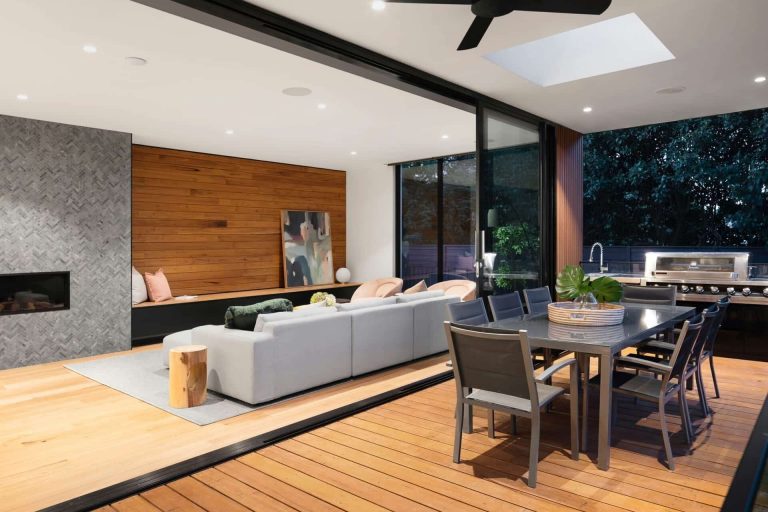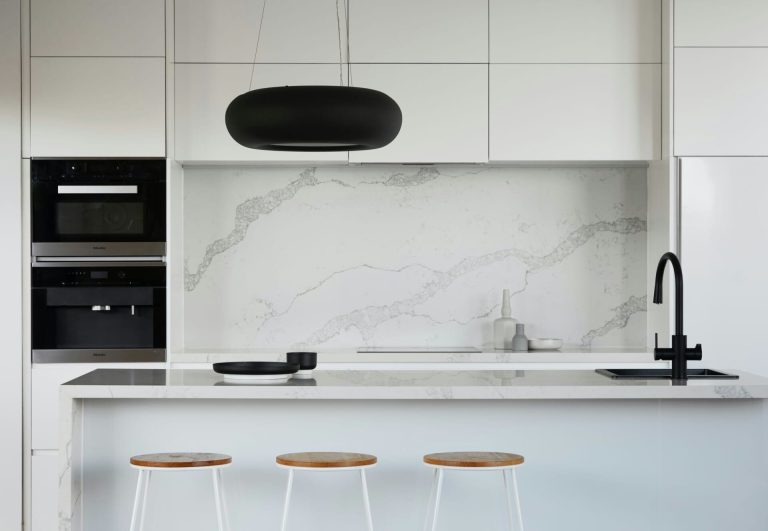In an era where living spaces are often compact and multi-functional, the art of maximizing space has emerged as a cornerstone of thoughtful home design. Whether you reside in a bustling urban apartment or a cozy suburban home, the challenge of creating an environment that feels both spacious and inviting can be daunting. However, with a blend of creativity, strategic planning, and a keen eye for detail, you can transform even the tiniest nooks into havens of efficiency and style. This article will explore a myriad of innovative techniques, from clever storage solutions to adaptive furniture choices, that will empower you to unlock the full potential of your living space. By embracing a mindset of intentionality and flexibility, you can cultivate a home that not only meets your functional needs but also enhances your overall quality of life. Join us on this journey to reimagine your surroundings and discover the myriad possibilities that await when you prioritize space in your home design.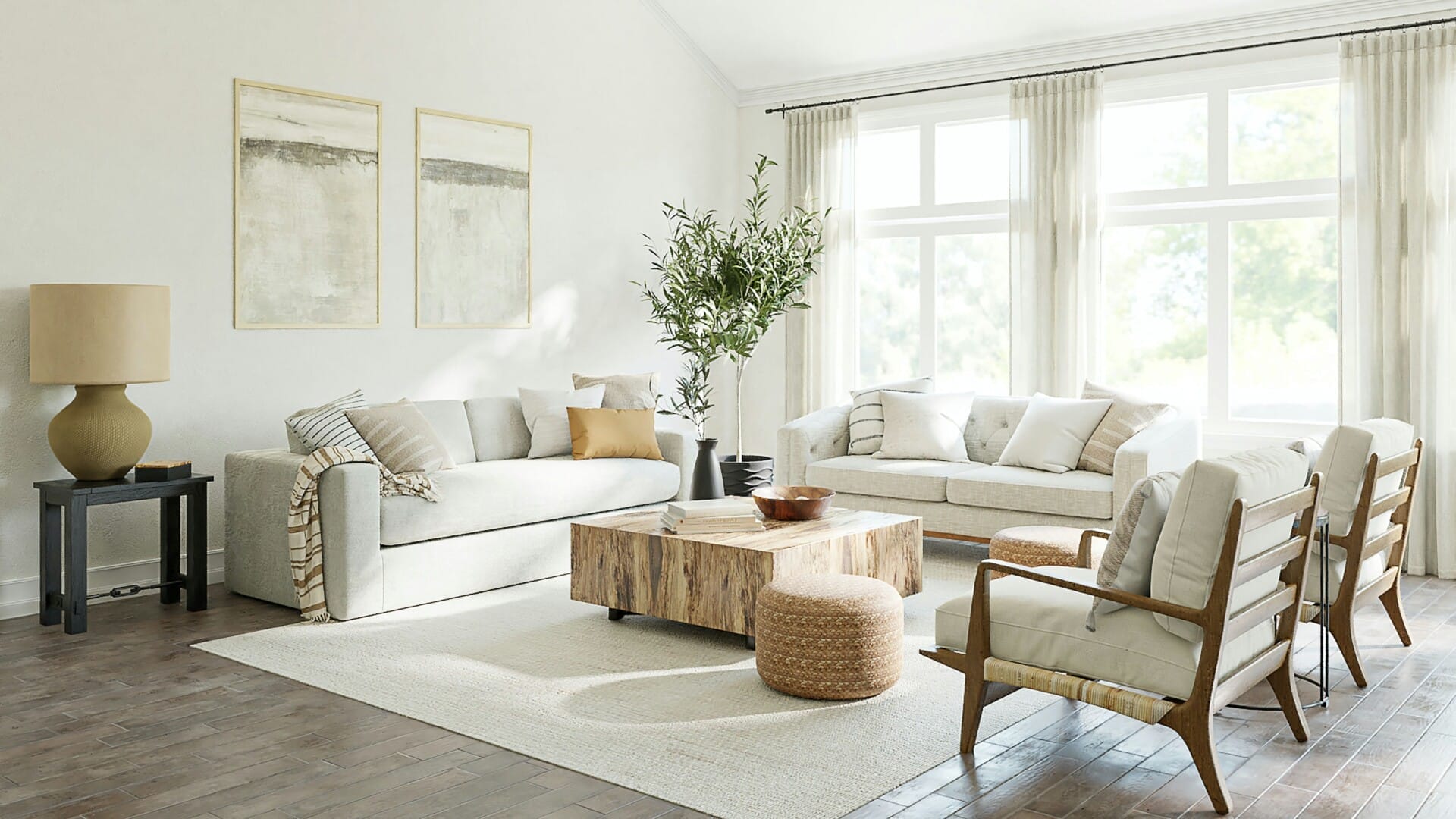
Innovative Storage Solutions for Every Room
html
Transforming your living space starts with understanding how to harness the potential of clever storage solutions. Each room in your home can reflect your style while maximizing space by incorporating multifunctional furniture and decorative storage options. Consider under-bed storage to keep out-of-season clothing organized or a coffee table with hidden compartments to stash away magazines and remotes. These ideas not only save space but also enhance the aesthetic appeal of your rooms.
When it comes to kitchen organization, think beyond traditional shelving. Utilize vertical space with hanging pot racks or install floating shelves to showcase your favorite dishes and plants. Cabinets can be further optimized with pull-out shelves or lazy Susans that make it easy to access items in the back. Here are some more tips:
- Use magnetic strips for storing spices and knives.
- Incorporate drawer dividers for better utensil organization.
- Add clear bins in pantry for a clean and visible arrangement.
Don't forget the potential of outdoor spaces; balconies and patios can benefit from stackable storage solutions like vertical planters or storage benches. In the bathroom, wall-mounted cabinets or tiered shelving can utilize otherwise wasted space. Below is a simple comparison of storage elements that can be integrated into any room:
Room
Innovative Storage Solution
Benefit
Living Room
Ottoman with Storage
Seating & storage in one
Bedroom
Wall-mounted Shelves
Free up floor space
Kitchen
Cabinet Door Organizers
Efficient use of interior space
Embracing Multipurpose Furniture for Versatile Living
In today’s fast-paced world, the need for functional living spaces has never been greater. Multipurpose furniture has emerged as an innovative solution, allowing homeowners to maximize their available square footage while maintaining style and comfort. From expandable dining tables to sofa beds, these versatile pieces adapt to your changing needs, providing both aesthetics and practicality. Whether you’re hosting a gathering or enjoying a quiet evening at home, the right multipurpose furniture can transform your space in an instant.
When selecting multipurpose furniture, consider options that not only serve more than one function but also contribute to an organized ambiance. Look for items such as:
- Storage Ottomans: Perfect for stashing away blankets or magazines while doubling as extra seating.
- Murphy Beds: Ideal for small apartments, they fold up effortlessly to create more usable space during the day.
- Convertible Coffee Tables: Some models can raise to dining height or expand to accommodate guests, making them a game-changer for hosting.
Incorporating a blend of textures and colors in your multipurpose pieces can enhance the overall aesthetic of your home. Consider how these furniture solutions can be harmonized within your existing decor. Here’s a simple overview of popular multipurpose furniture styles to consider:
| Style | Functionality | Best For |
|---|---|---|
| Scandinavian | Minimalist designs with clever storage | Small spaces |
| Mid-Century Modern | Stylish, functional pieces | Living rooms |
| Industrial | Durable, versatile options | Loft-style homes |
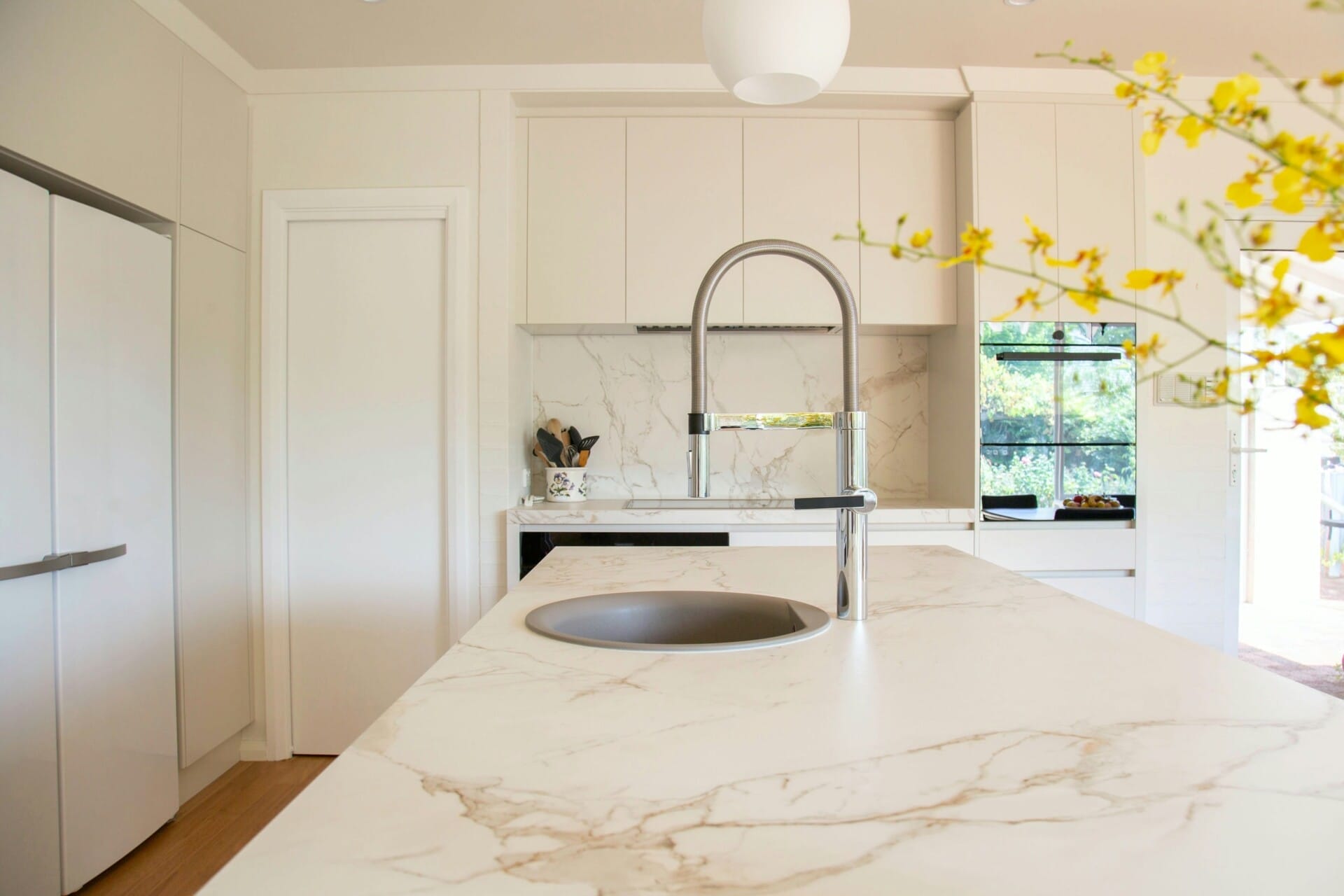
Designing Open Spaces to Enhance Flow and Functionality
When envisioning open spaces within your home, consider how the layout influences the movement and interaction between different areas. Flow can be enhanced by selecting the right materials, colors, and furnishings that not only foster an inviting atmosphere but also guide the eye throughout the space. For instance, continuity of flooring across living areas can create a seamless look, while strategically placed mirrors can amplify an openness by reflecting light and space.
Incorporating versatile furniture also plays a key role in maximizing functionality. Look for items that serve multiple purposes, such as a coffee table with hidden storage or a sofa that converts into a guest bed. Additionally, modular furniture can easily be rearranged to cater to different needs, ensuring your space remains adaptable. Consider these essential elements:
- Expandable dining tables
- Stackable chairs
- Ottomans that double as storage
Utilizing zones within an open layout helps delineate functionality without compromising fluidity. By incorporating rugs to define different areas—like a cozy reading nook versus a lively dining space—you can maintain a sense of unity amidst variety. Below is a simple reference for creating balanced zones:
| Zone | Purpose | Suggested Elements |
|---|---|---|
| Living Area | Relaxation and Socializing | Sofas, Coffee Tables, Artwork |
| Dining Area | Meals and Gatherings | Dining Table, Chairs, Centerpiece |
| Work Space | Productivity | Desk, Chair, Shelving |
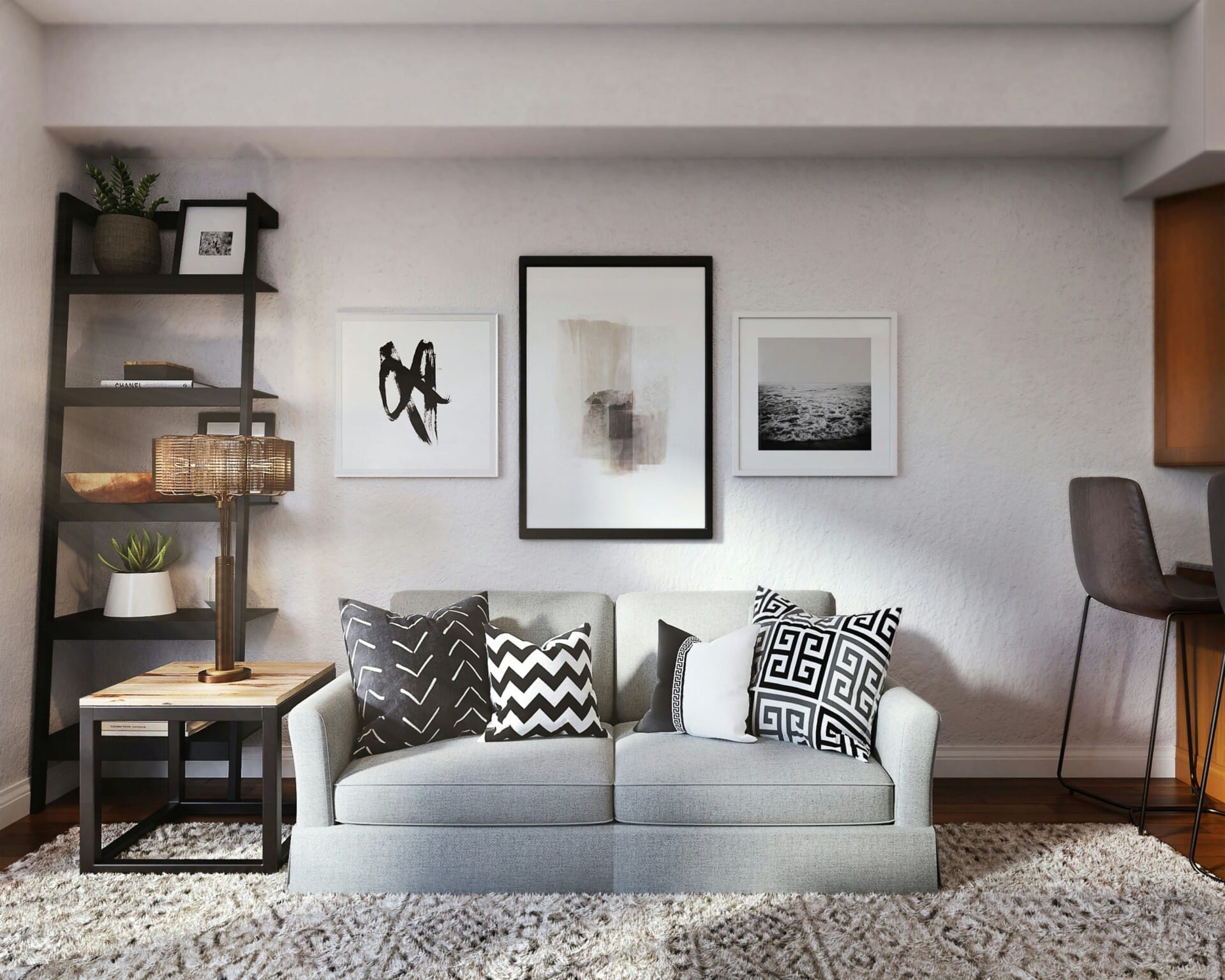
Incorporating Vertical Elements to Optimize Height and Style
Utilizing vertical elements in your home design not only draws the eye upward but also creates an illusion of spaciousness. Incorporating tall furniture, such as bookshelves or cabinets, can keep the floor area free while maximizing storage. These pieces serve functional purposes and act as artistic statements, enhancing the overall aesthetic of your space. Consider adding:
- Vertical wall art that elongates the look of the walls.
- Custom cabinetry that reaches the ceiling for a seamless, organized appearance.
- Floor-to-ceiling windows to invite natural light and create an airy atmosphere.
When it comes to color and texture, selecting lighter hues for walls and ceilings can help elevate the space visually. Implementing vertical stripes or patterns in your wallpaper or paint can also enhance the sense of height. Furthermore, using reflective materials in furniture and décor, such as:
- Mirrored furniture that bounces light around the room.
- Glass shelving that creates depth without overwhelming the space.
- Shiny metal accents that add sophistication and brightness.
To further optimize your design, consider layering vertical plants or vertical gardens. They not only purify the air but also provide dynamic visual interest. Engage greenery along walls or in corners to draw attention upward and soften hard lines. Here’s a quick comparison of options:
| Option | Benefits | Considerations |
|---|---|---|
| Wall-mounted planters | Space-saving and artistic | Requires regular watering |
| Trellis with climbing plants | Natural height and privacy | Needs sufficient light |
| Hanging planters | Unique decorative touch | Must ensure secure installation |
Q&A
Q&A: How to Maximize Space in Your Home Design
Q1: What are some essential tips for maximizing space in a small home?
A1: To maximize space in a small home, focus on multi-functional furniture, such as a sofa bed or an ottoman with storage. Use vertical space by installing shelves high up on walls and opting for tall bookcases. Additionally, mirrors can create the illusion of a larger area by reflecting light, while light colors on walls and floors can help make a room feel more open.
Q2: How can I effectively organize my belongings to save space?
A2: Start by decluttering and letting go of items that you no longer need or use. Utilize storage solutions such as bins, baskets, and drawer organizers to categorize items. Consider under-bed storage for seldom-used items and maximize closet space with tiered hangers or shelf risers. A rotating calendar can also keep important documents organized without taking up too much space.
Q3: Are there specific design styles that work better for maximizing space?
A3: Yes, minimalist design styles often complement the idea of maximizing space. Clean lines, neutral colors, and uncluttered environments create a serene atmosphere that feels more spacious. Scandinavian and modern designs also prioritize functional furniture and open floor plans that can help make small spaces feel larger.
Q4: What role does lighting play in maximizing space?
A4: Lighting is crucial in enhancing the perception of space. Natural light can make areas feel larger, so consider using sheer window treatments or strategically placing mirrors to reflect that light. Ambient lighting, such as recessed lights or wall sconces, can illuminate dark corners and create warmth. Layered lighting, combining ambient, task, and accent, adds depth and dimension to your home.
Q5: How can I create outdoor living spaces within limited areas?
A5: Even in small environments, outdoor space can be maximized with a few clever strategies. Use vertical gardening techniques, like wall planters or trellises, to add greenery without taking up ground space. Folding furniture allows you to create a cozy patio or balcony area that can be neatly tucked away when not in use. Additionally, consider installing a small compact fire pit or garden lights to enhance the atmosphere at night.
Q6: What are some mistakes to avoid when trying to maximize space?
A6: One common mistake is overcrowding a room with too much furniture or decor; choose only essential pieces that serve a purpose. Avoid heavy drapes that block natural light; instead, go for sheer or light-filtering options. Lastly, be cautious with bold paint colors or busy patterns that can make a space feel chaotic—keeping it simple can enhance the sense of spaciousness.
Q7: How can I maintain functionality while maximizing space?
A7: Balance is key. Prioritize your needs by choosing furniture that meets multiple functions, like a dining table that can double as a workspace. Ensure that every piece has a designated place, so that the flow remains functional even as you declutter. Adaptable spaces, such as a home office that converts into a guest bedroom, maintain functionality while maximizing space efficiently.
Q8: Where can I find inspiration for my space-saving home design?
A8: Inspiration can be found in various places: browse design blogs, home improvement magazines, and platforms like Pinterest or Instagram for visual ideas. Visiting local showrooms or open houses can spark ideas, while home design apps often provide 3D modeling features to experiment with layouts. Don’t hesitate to tap into community workshops or designer consultations for tailored advice too!
Final Thoughts
In the grand tapestry of home design, maximizing space goes beyond mere square footage; it’s about weaving functionality, comfort, and style into a seamless whole. By embracing innovative storage solutions, utilizing multi-functional furniture, and considering the principles of design psychology, you can transform even the coziest of nooks into a harmonious haven that reflects your lifestyle and enhances your daily experiences.
As you embark on your journey to create a space that feels both spacious and inviting, remember that every choice you make is an opportunity to express your unique taste and cater to your needs. Take a moment to visualize your ideal space—one where each item has purpose and every area flows effortlessly into the next. With thoughtful consideration and a dash of creativity, you can unlock the full potential of your home, making it a true reflection of who you are while embracing the beauty of well-designed simplicity.
So, gather your inspiration, plan your layout, and step into a world where space is not just measured in square feet, but in the joy and comfort it brings to your life. Your home is a canvas; let it be an embodiment of the life you envision. Happy designing!